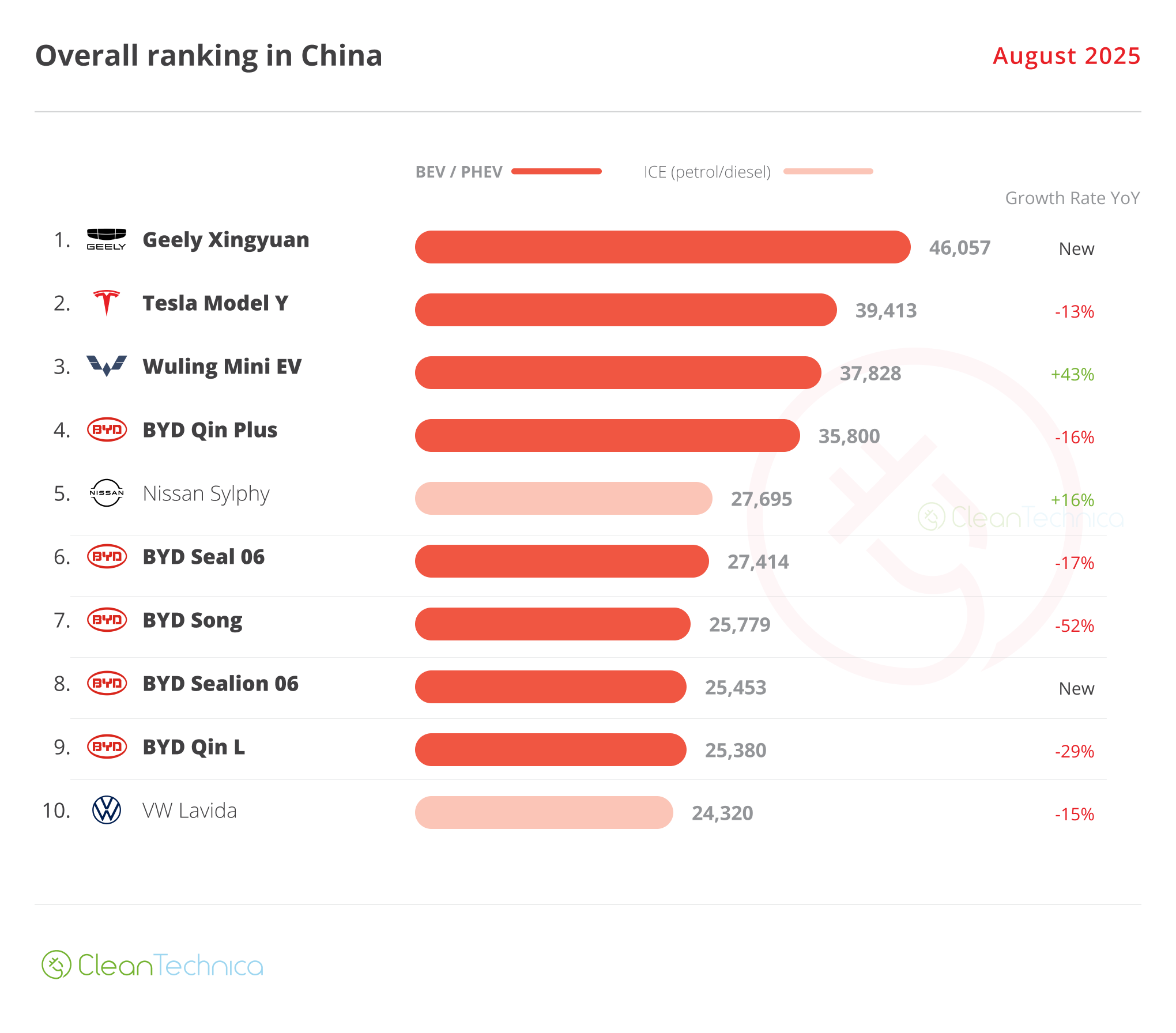Support CleanTechnica’s work through a Substack subscription or on Stripe.
At the moment, it appears there is much bad news about energy and sustainable transportation in the US. What is happening is partly characteristic of the news media, which is to overly focus on the negative — a bias also frequently magnified by social media. However, there is also good news when it comes to clean energy, and that’s what we often report about on this site.
In the beginning of September, Aligned Climate Capital released its inaugural Impact Report. Aligned’s investments have prevented carbon emissions and generated 1.16 million MWh of clean energy since 2018. They have also supported 1,671 jobs and the firm has donated to nonprofit partners who work to expand energy access and workforce development.
Peter Davidson, CEO of Aligned Climate Capital, answered some questions for CleanTechnica about the firm’s work and successes.
What is Aligned Climate Capital investing in and what is the current investing landscape looking like?
At Aligned, we focus on technologies that already work, including solar, batteries, electric vehicles, and energy-efficient buildings. These are the proven tools of the energy transition, and our role is to get more of them into the market. We achieve this in two ways: by investing in early-stage companies that are scaling commercial solutions, and by financing distributed clean energy infrastructure that delivers affordable, reliable power to communities nationwide.
As for the investing landscape today, it looks very different than just a few years ago. Valuations have normalized, capital is more selective, and the market is rewarding disciplined operators. But the fundamentals remain the same: demand for clean power continues to rise, electrification is accelerating, and the need for new infrastructure is expanding rapidly. The transition is not slowing down; it is maturing. This environment favors investors with patient capital and deep experience in building lasting platforms, which is exactly where we focus.
The firm has supported 1,671 jobs across its infrastructure and venture investments. What kind of infrastructure and venture investments … are there examples?
Our infrastructure funds put capital directly into clean energy projects — distributed solar and storage facilities that are larger than rooftop solar but smaller than utility-scale. These projects bring affordable power to local communities while creating good jobs in construction, operations, and maintenance. Today, we own and operate more than 65 megawatts of these projects across seven states.
On the venture side, we invest in companies that are deploying or commercializing technologies ready to scale. For example, we recently invested in XGS Energy, an advanced geothermal company developing around-the-clock, zero-carbon power that complements intermittent renewables. It is a strong example of our thesis: backing technologies that can strengthen grid reliability while decarbonizing energy systems.
Our strategic approach to investing is two sides of the same coin: building projects on the ground today and backing companies that will drive the next wave, all while generating jobs and community-level impact.
Given the current political situation in the US, how important is it to continue investing in clean energy and in underserved communities?
It is more important than ever. Federal rollbacks and political noise do not change the underlying economics of clean energy. Solar and wind are now the lowest-cost sources of new generation, and consumer demand for clean, reliable power is only increasing.
At the same time, the benefits of this transition must be shared more equitably. Many underserved communities face high energy costs and unreliable infrastructure. Investing in these areas is not charity; it is smart climate finance. Distributed solar, storage, and energy efficiency can lower bills, create local jobs, and strengthen resilience.
Even as federal policy shifts, blue states and the private sector are pushing forward. The reality is that the clean energy transition is no longer policy-driven; it is market-driven, and it is expanding into every corner of the economy.
How is Aligned supporting nonprofit partners advancing energy access and workforce development?
From the beginning, we wanted Aligned to do more than just invest in companies and projects. That is why we committed three percent of the carried interest from every fund to nonprofit partners advancing the human side of the energy transition.
With our most recent solar fund, Aligned Solar Partners 6, we contributed to three outstanding organizations:
- GRID Alternatives, expanding access to solar and building the clean energy workforce;
- The Natural Resources Defense Council (NRDC), shaping the policy framework that makes this transition possible; and
- Let’s Share the Sun, delivering reliable solar power to energy-insecure communities in Puerto Rico, Honduras, and beyond.
The idea is simple: as our funds succeed, these organizations succeed too. Their work complements ours by building the foundation for a cleaner, more inclusive energy economy.
How is Aligned looking beyond the next several years for cleantech investing opportunities?
We take a long-term view. The next decade of climate investing will be shaped by technologies and business models that scale the “harder half” of decarbonization: sectors like industrial emissions, heavy transport, and heating.
That is why we are tracking emerging opportunities in carbon capture and utilization (CCUS), low-carbon fuels, next-generation geothermal, and industrial electrification. Each of these represents a new wave of investable infrastructure, much like solar and storage did ten years ago.
We also see strong growth in climate adaptation and resilience, from grid modernization to water systems and sustainable land use. These are not speculative technologies; they are capital-intensive, revenue-generating projects that need experienced investors to reach scale.
At Aligned, we focus on where technology, finance, and policy intersect, because that is where durable investment opportunities are born.
Is considering political upheaval and policy shifts simply a fact of life for all investors, including for cleantech?
Yes. Policy volatility is part of the landscape, but for long-term investors, it can also be a source of advantage. The clean energy market has matured to the point where economics, not just incentives, are driving growth.
At Aligned, we have built a team that understands both sides of the equation: market fundamentals and policy dynamics. Several members of our leadership have run federal loan programs and helped design clean energy legislation. That perspective helps us anticipate, rather than react to, policy change.
Ultimately, the transition to a low-carbon economy is bigger than any single administration. The fundamentals of cost competitiveness, energy security, and consumer demand are too strong to reverse. Our job is to allocate capital in ways that accelerate that momentum, regardless of political cycles.
Sign up for CleanTechnica’s Weekly Substack for Zach and Scott’s in-depth analyses and high level summaries, sign up for our daily newsletter, and follow us on Google News!
Have a tip for CleanTechnica? Want to advertise? Want to suggest a guest for our CleanTech Talk podcast? Contact us here.
Sign up for our daily newsletter for 15 new cleantech stories a day. Or sign up for our weekly one on top stories of the week if daily is too frequent.
CleanTechnica uses affiliate links. See our policy here.
CleanTechnica’s Comment Policy




